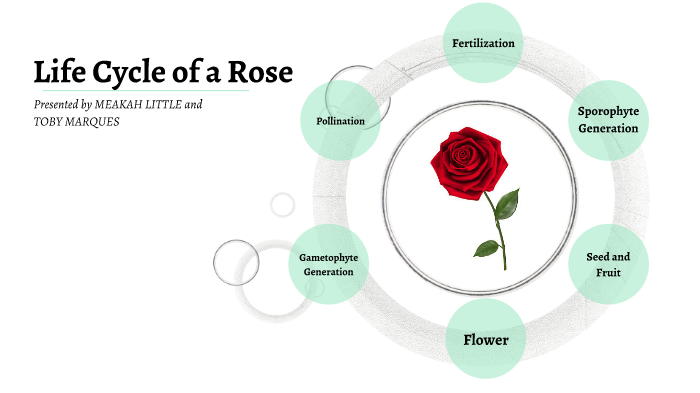

They have four main functions which include: Roses will produce stems of varying lengths depending upon their class. The stems of a flower are usually found above the soil surface but some can grow underground as well. It is the small ear-like bump at the base of the leaves or petals on a flower. The very top or tip of the stipule is called the auricle. They also safeguard the flower from animals. It is used to create energy for the plant and protect the leaves and buds as they grow. The wing-like appendage at the base of a flower leaf is called the stipule. The top leaflet is known as the terminal and is attached to the others by a small stem called the ‘petiole’. Old garden roses can have seven, nine or more leaflets depending on the age of the plant. Roses have compound leaves made up of several leaflets. Leaves often contain stomata that open and close like pores, receiving air and carbon dioxide used during photosynthesis. They are often green, flat and absorb most of the sunlight necessary for the development of the plant. The leaves are the above-ground foliage that aid in gas exchange and as well as photosynthesis. Sepals are comprised of chloroplasts, which is where photosynthesis takes place. They also support the flower and allow for optimal growth. They protect both the petals and the buds, which are small knobs that eventually develop into blossoms. The sepals are the green foliage surrounding the flower. Collectively, the petals are known as the corolla. They are basically, modified leaves that surround the reproductive structure of the flower. They are comprised of cellulose and other organic material. The petals refer to the blooms of a flower. It is part of the female reproductive system in the flower and the location whereby pollen germinates, essential for procreation and growth. The stigma is the stem at the top of the pistil. One, it is where the pollen tube is formed and two, it stops incompatible pollen from penetrating the ovary. The style is vital to the fertilization process for two reasons. The style is the long, slender, tube-like structure of the flower. In the rose, each ovary produces a dry seed or ‘achene’.

The ovary is located above or below the petals or at the point where the petals meet the sepals. The ovary is part of the female reproductive system of the flower and contains the female egg cells known as the ovules. The term pistil is often used in reference to a single carpel or several carpels that are joined together. It is typically found in the center and consists of the ovary, style (or stalk) and stigma, all of which are referred to as the carpel. The pistil is part of the female reproductive structure of a flower. It is usually orange or yellow in color, oval-shaped and produces pollen that is essential for the continued life of the plant. The anther is the sticky part at the top of the stigma. It also supports the anther, which houses the pollen. The filament is the stalk-like part of the plant that attaches to the base of the flower. It consists of both the filament and the anther. The stamen is part of the male reproductive structure of a flower. The parts of a flower (such as the rose) include the following: The Stamen Each of these also contains sub-parts that are all responsible for the growth and reproduction of the plant.īelow we delve into the details of what each of these parts is responsible for in the life cycle of the rose. Other parts include the petals, sepals, leaves, and stems. The two main (and most important) parts of a rose plant are the stamen (male component) and the pistil (female component). Right now, you may be wondering to yourself, ‘what are the parts of a rose plant?’
#LIFE CYCLE OF A ROSE DIAGRAM FULL#
With over one hundred and fifty different species (and thousands of hybrids), they are one of nature’s most exquisite creations with their full blooms, enticing fragrance, and lush foliage. Roses are incredibly beautiful flowers that have long been considered a symbol of love. We may get commissions for purchases made through links in this post.


 0 kommentar(er)
0 kommentar(er)
